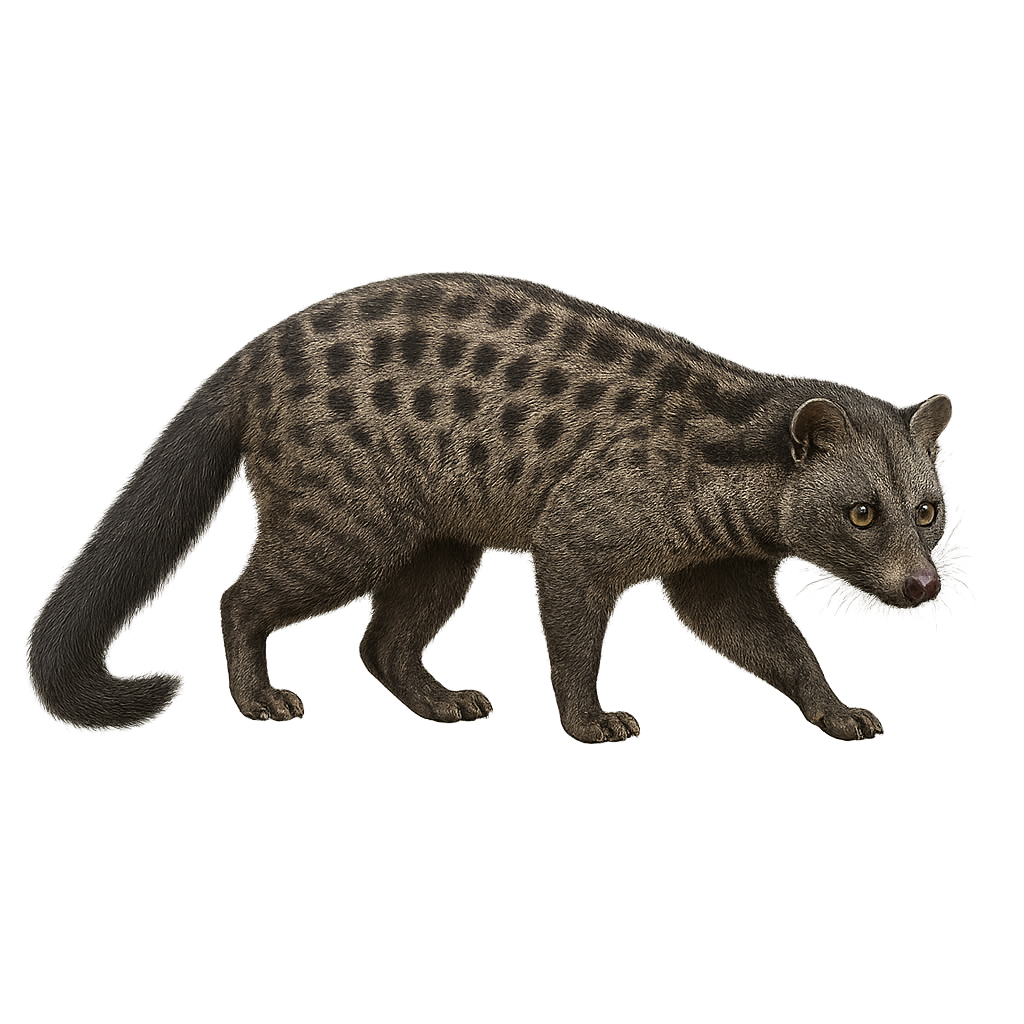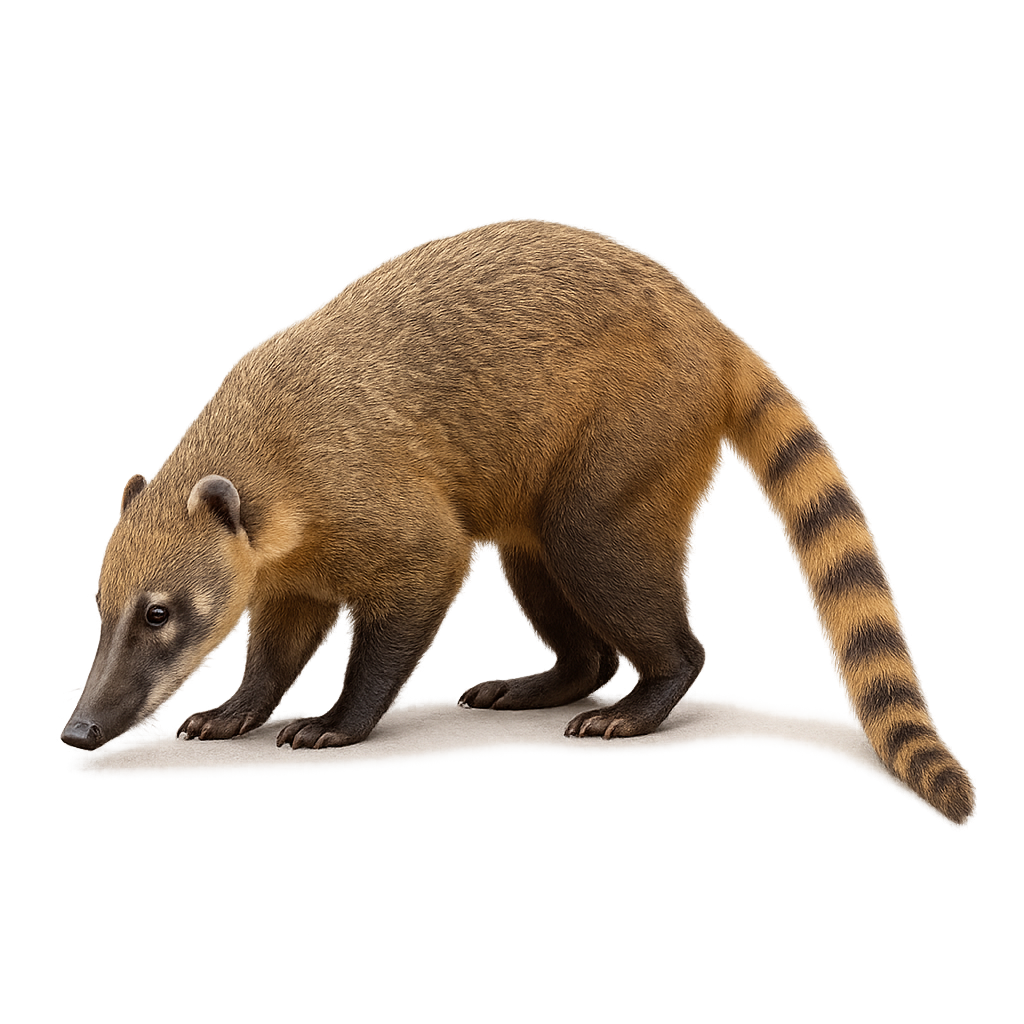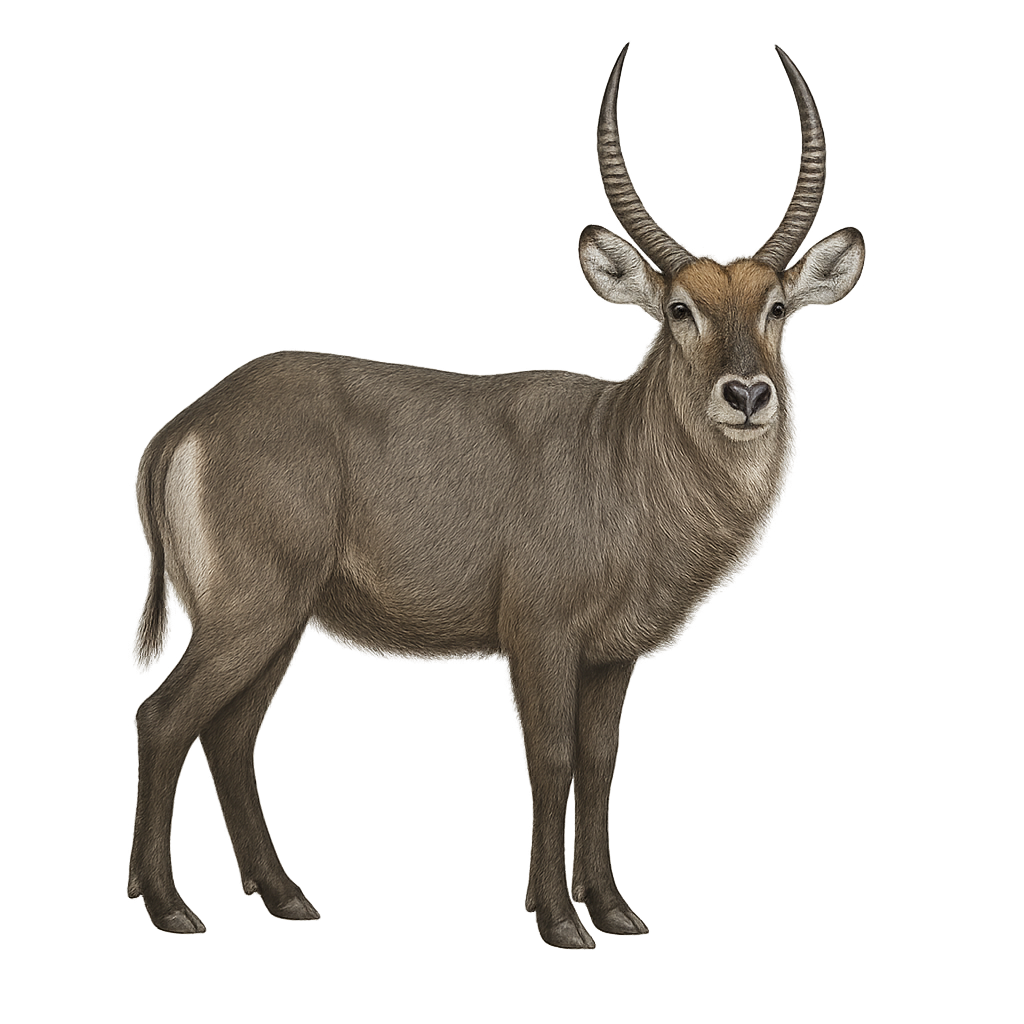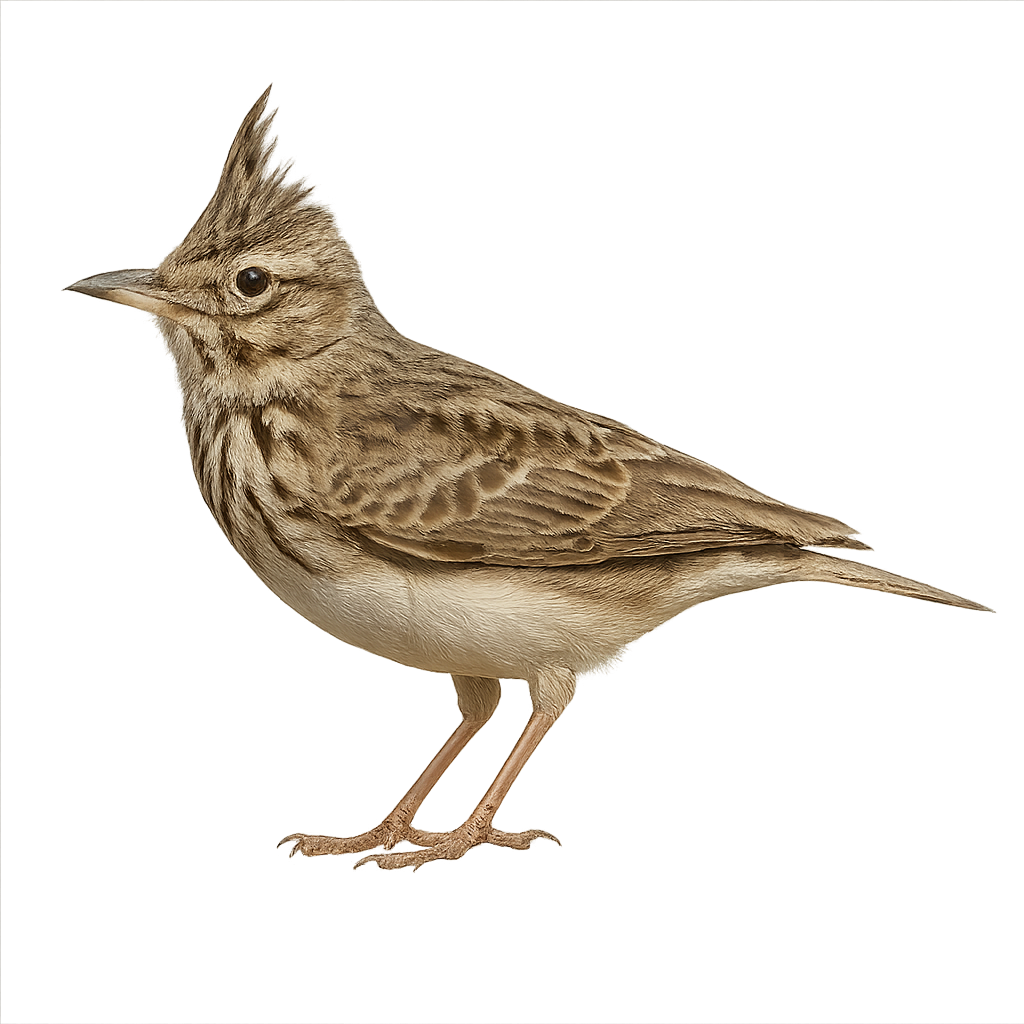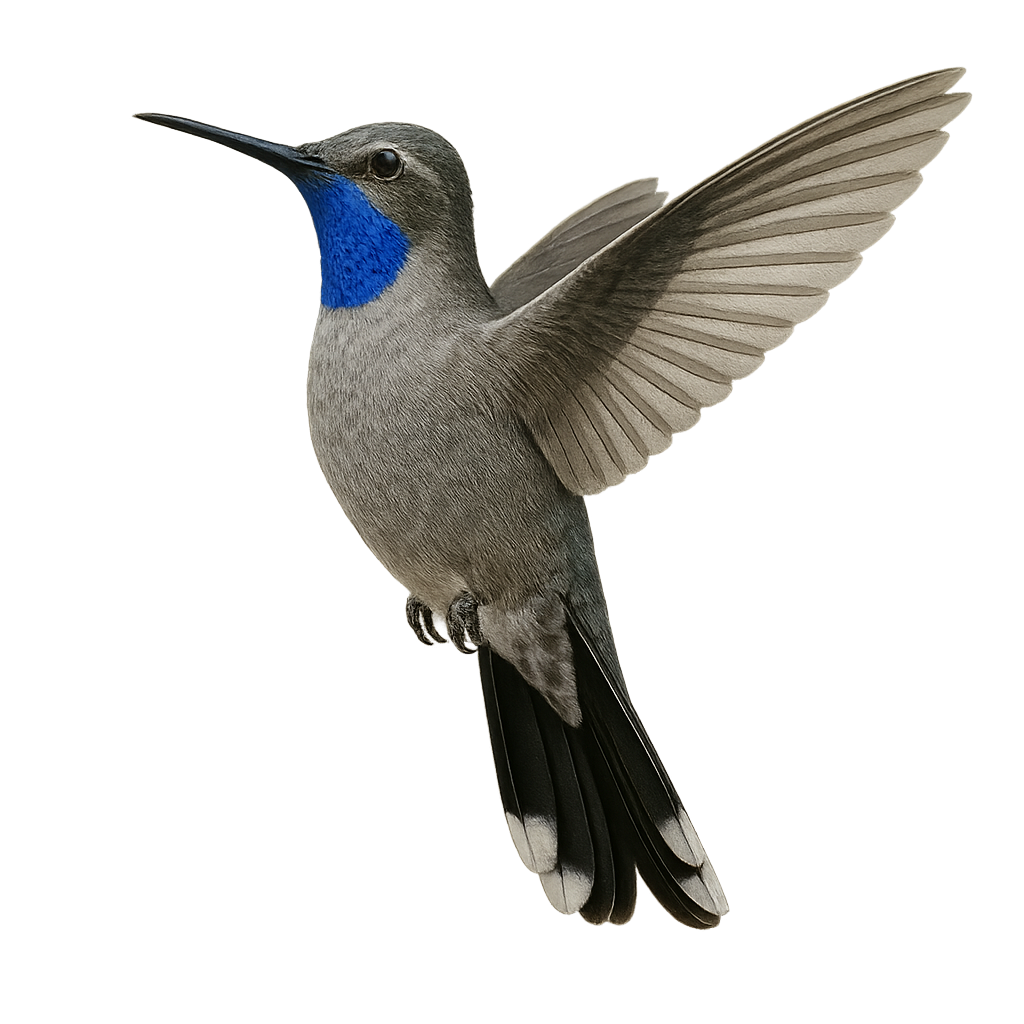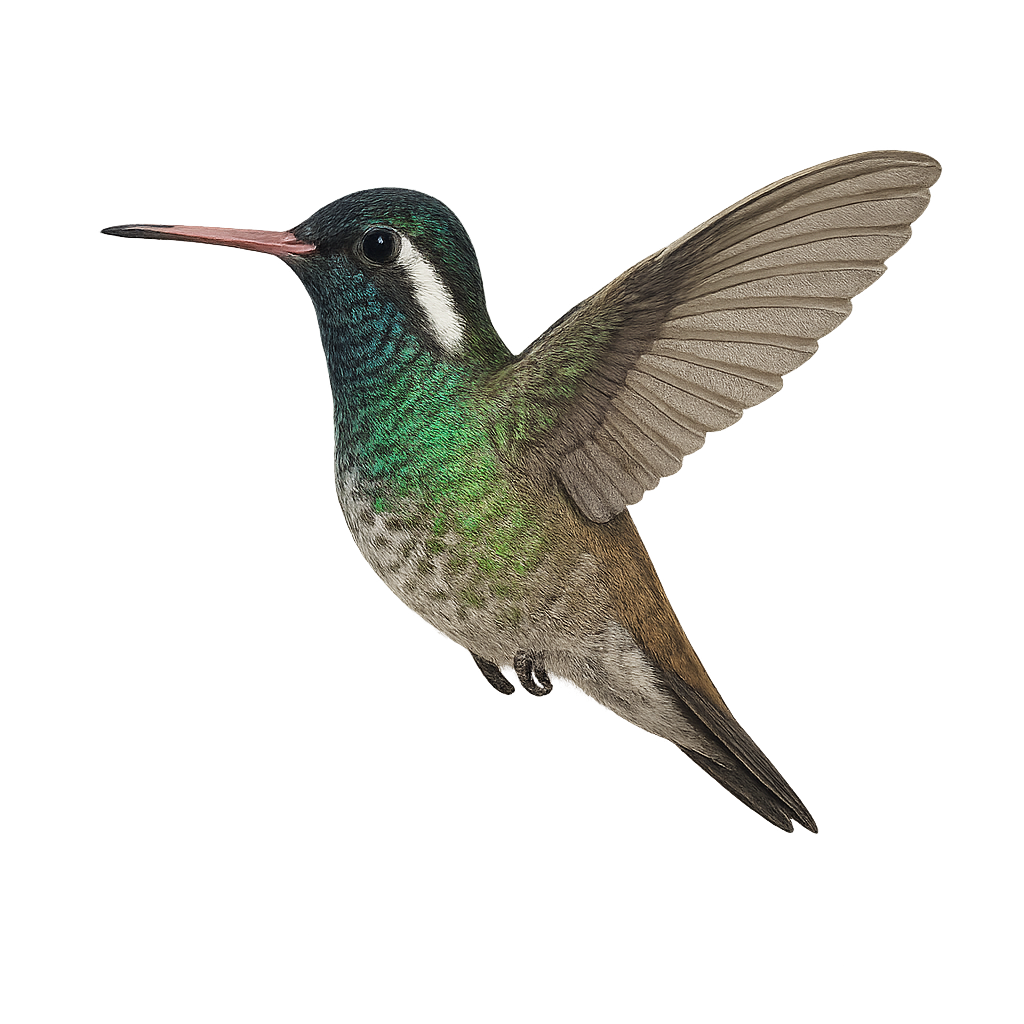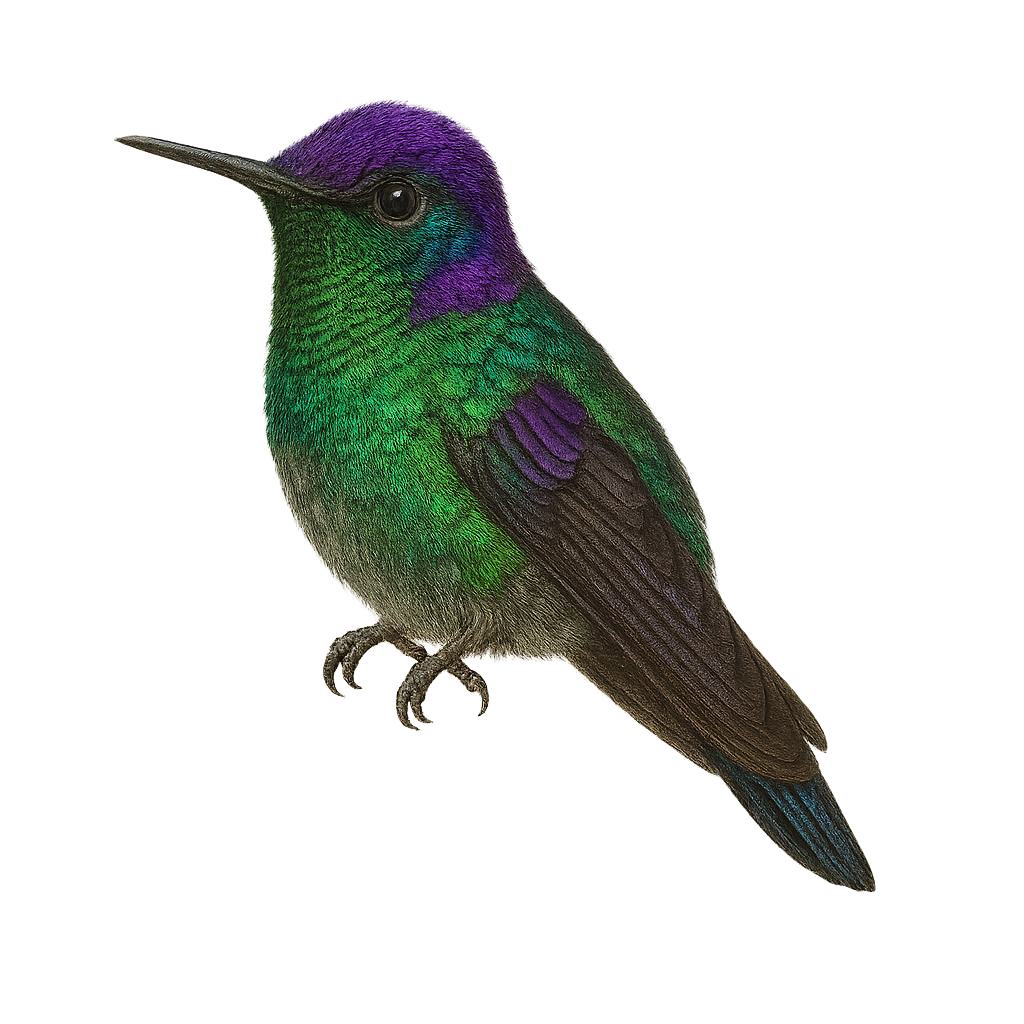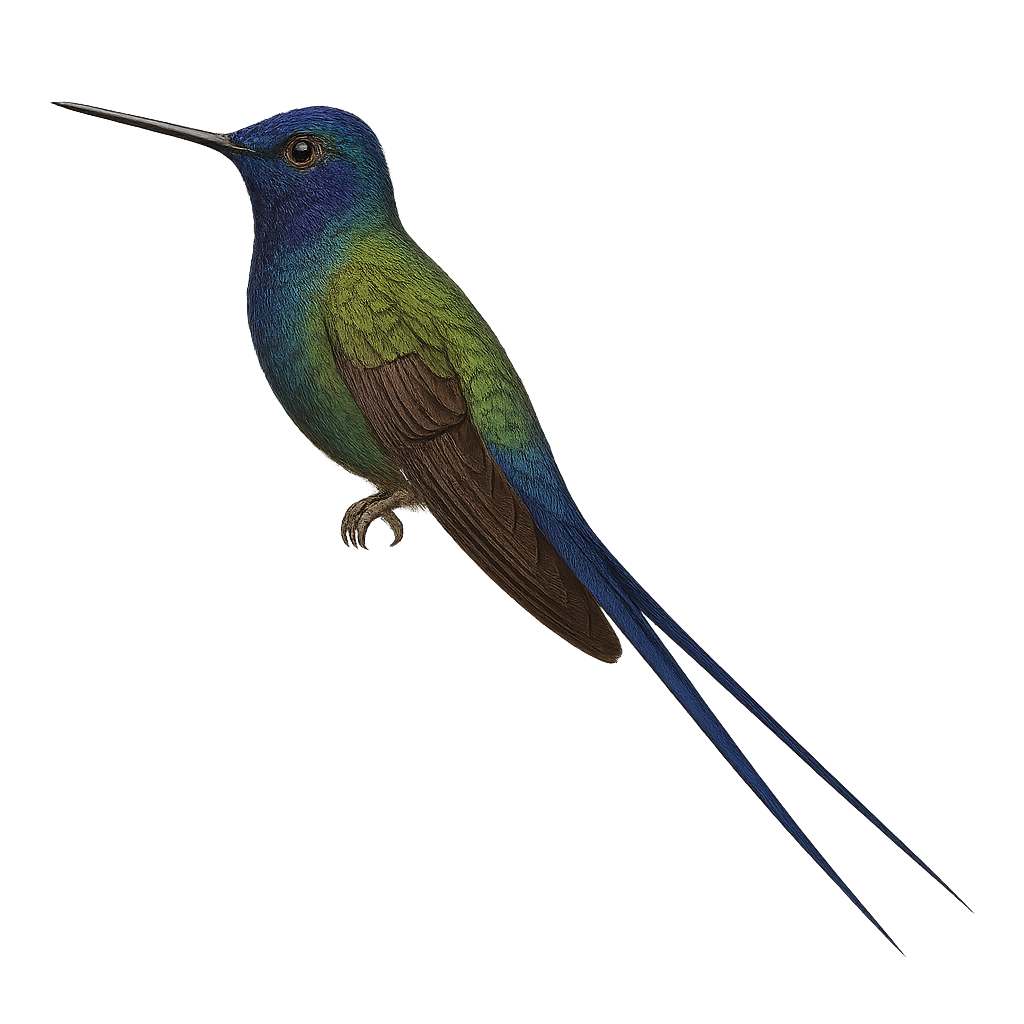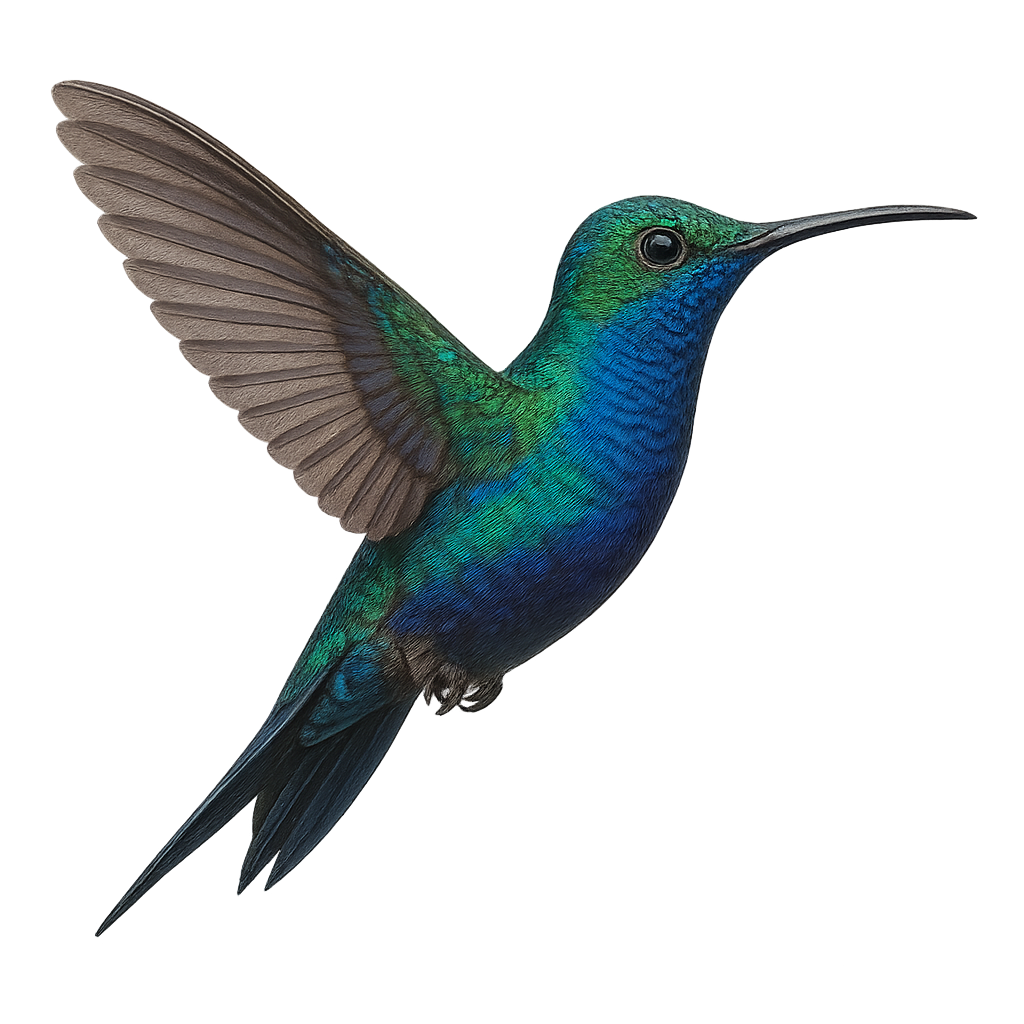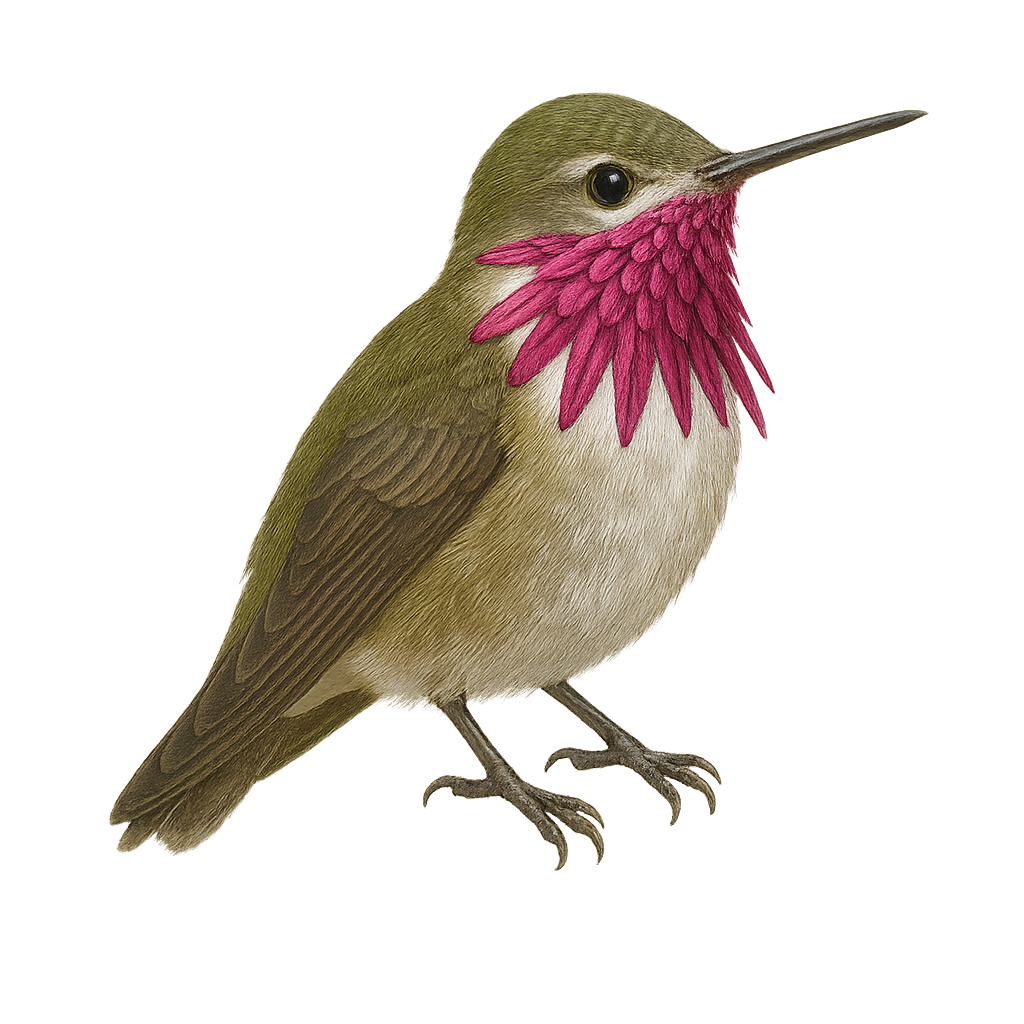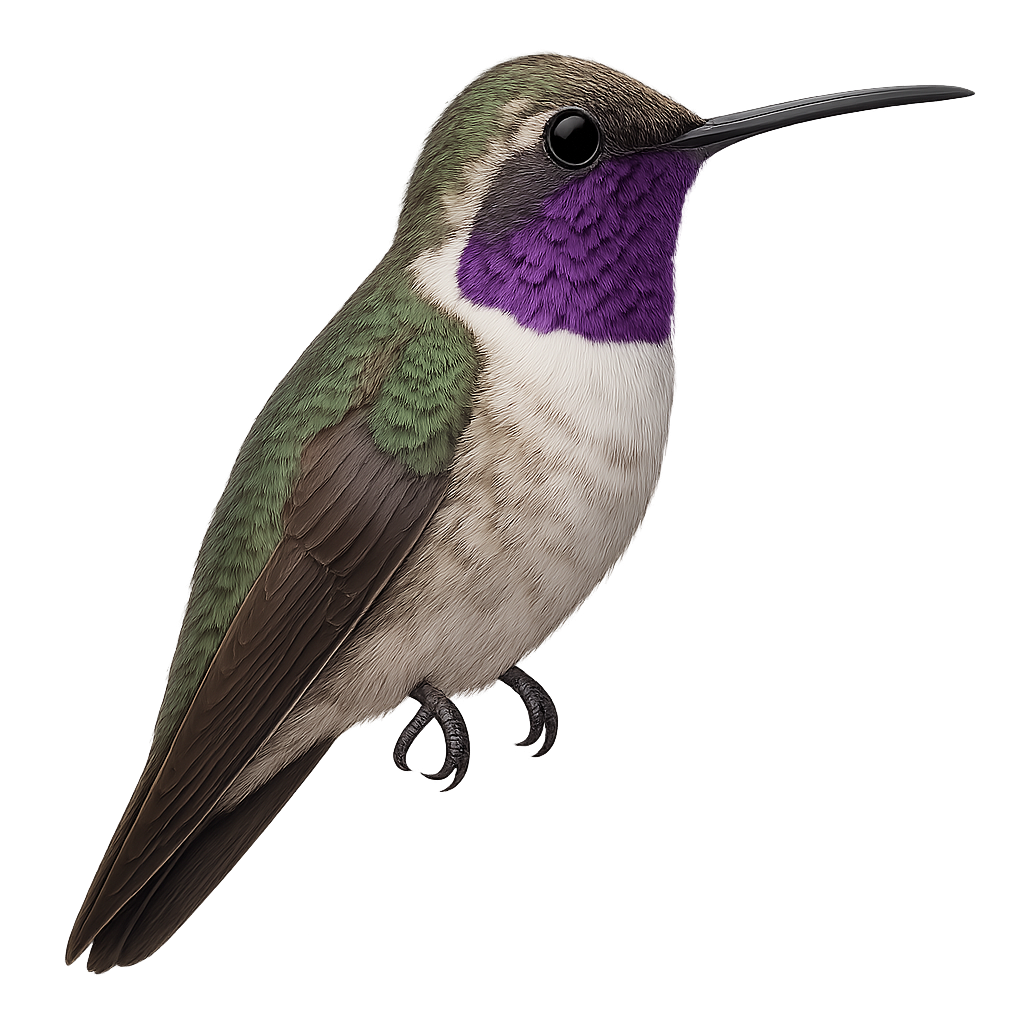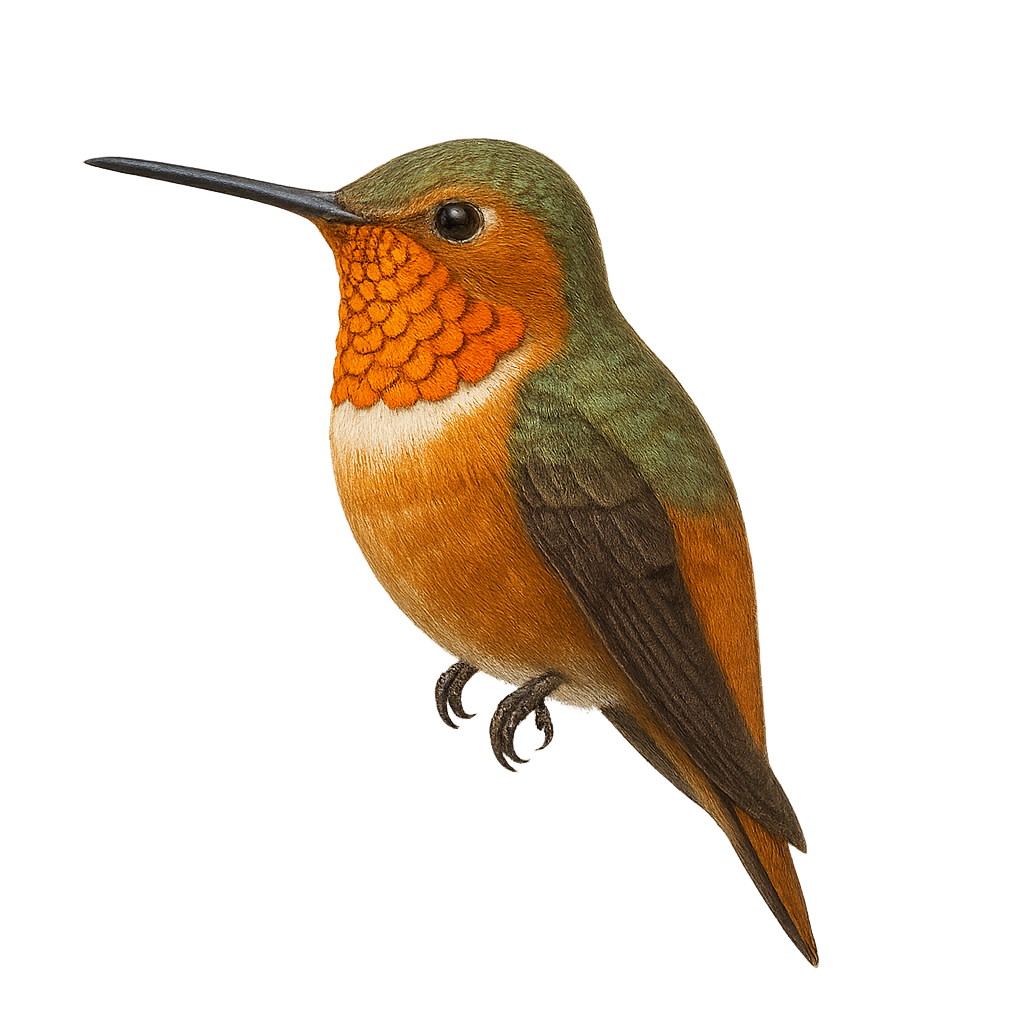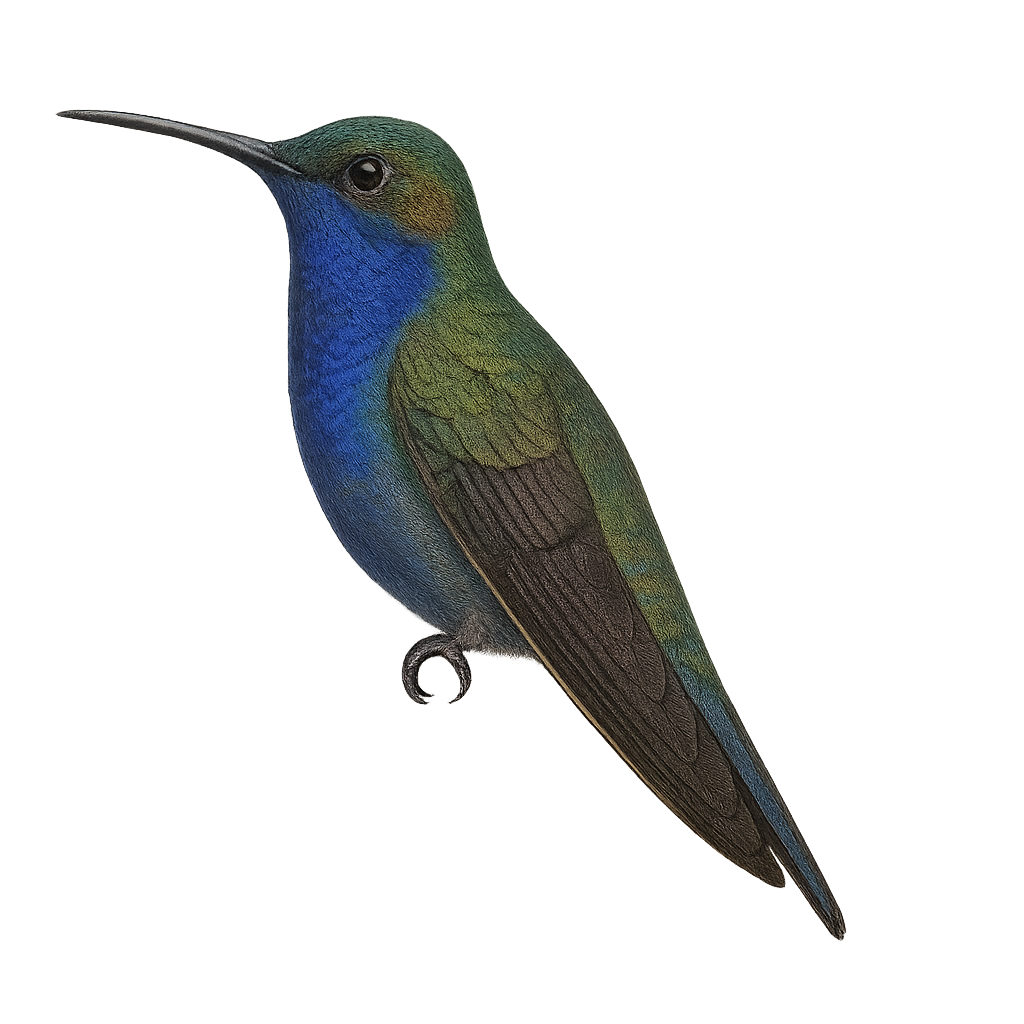The European Pond Turtle is a medium-sized freshwater turtle, measuring between 12 and 20 cm in length. Its carapace is oval, slightly domed, dark brown to blackish, with yellow spots. The plastron is yellow with dark spots. The feet are webbed, adapted for swimming. This species inhabits stagnant or slow-flowing waters, such as ponds, marshes, and slow rivers, with dense aquatic vegetation. It is omnivorous, feeding on small aquatic invertebrates, fish, amphibians, and plant matter. Reproduction occurs in spring, with the female laying 8 to 10 eggs in loose, sunny soil. Incubation lasts about 80 to 110 days, with hatchlings emerging in late summer or the following spring. Listed as Near Threatened by the IUCN, the European Pond Turtle is protected in many European countries.
The Balkan Terrapin, Mauremys rivulata, is a medium-sized aquatic turtle, typically measuring between 15 and 20 cm in length. It is recognizable by its olive-brown shell, often adorned with lighter patterns. This species is primarily found in Mediterranean regions, including Greece, Turkey, and the Balkans. It prefers aquatic habitats such as rivers, lakes, and marshes. The Balkan Terrapin is an omnivorous species, feeding on aquatic plants, insects, and small fish. Although it is relatively tolerant of human presence, it is threatened by habitat destruction and pollution.
The African civet, Civettictis civetta, is a medium-sized carnivorous mammal known for its spotted coat and distinctive black band across its eyes. Native to sub-Saharan Africa, it primarily inhabits savannas, forests, and woodlands. It is mainly nocturnal, feeding on a variety of foods, including fruits, insects, and small animals. The African civet is also known for producing a musky secretion used in the perfume industry. Although generally solitary, it can sometimes be seen in small groups. Its adaptability to various habitats and diverse diet make it a resilient species, though habitat loss and hunting can pose threats.
The Golden Palm Civet, or Paradoxurus zeylonensis, is a nocturnal mammal endemic to Sri Lanka. Belonging to the Viverridae family, it is primarily found in tropical rainforests, tea plantations, and wooded areas. This species is recognizable by its golden fur and bushy tail. It is omnivorous, feeding on fruits, insects, and small vertebrates. Although elusive, it plays a crucial role in seed dispersal, contributing to the biodiversity of its habitat. Unfortunately, deforestation and habitat loss threaten its survival, classifying it as vulnerable according to the IUCN.
The African palm civet is a small feliform mammal, 43–71 cm long and weighing 1.4–4.5 kg, with grey to dark brown fur spotted with dark markings. It is native to sub-Saharan Africa, inhabiting moist forests where it feeds on fruits, aquatic invertebrates and small vertebrates at night. Crepuscular and nocturnal, it sleeps in trees during the day and forages at dusk and night.
The White-nosed Coati is a mammal from the raccoon family, easily recognized by its distinctive white snout that contrasts with its reddish-brown fur. It has a long, ringed tail that it uses to maintain balance while moving through trees. This small carnivore is primarily found in the tropical and subtropical forests of Central America, Mexico, and the southern Costa Rica, where it lives in social groups, often led by a dominant female.
Omnivorous, the White-nosed Coati feeds on fruits, insects, small vertebrates, eggs, and even small mammals. Its social lifestyle is marked by complex interactions within its family groups. Although its population remains relatively stable in certain protected areas, it is still threatened by deforestation, hunting, and habitat disruption. Conservation efforts aim to protect the forest areas of this agile and adaptable animal.
The Coati roux is a mammal belonging to the raccoon family, easily recognized by its long ringed tail and elongated snout shaped like a trunk. Its fur is typically light brown to reddish-brown, with darker markings on the face and back. This small carnivore is known for its great agility, especially in trees where it moves with ease in search of food. It primarily inhabits tropical and subtropical forests in Central and South America.
The Coati roux is omnivorous and feeds on a wide variety of foods, including fruits, insects, small vertebrates, and eggs. It is often seen in family groups, especially females, while adult males tend to live alone. Although the Coati roux is a relatively adaptable animal, it is threatened by deforestation, hunting, and habitat loss. It plays an important role in seed dispersal and regulating populations of insects and small animals.
The Galea musteloides, or mountain cavy, is a small rodent native to the Andean regions of South America. Often mistaken for the guinea pig, it is smaller and exhibits different behavioral and ecological traits. This rodent typically lives in social groups in varied habitats such as grasslands, forests, and rocky areas. It is primarily herbivorous, feeding on grasses, leaves, and fruits. Its fur is short and dense, usually brown-gray, allowing it to blend effectively into its natural environment. The Galea musteloides plays an important role in its ecosystem as prey for many predators and contributes to seed dispersal.
The Cavia aperea, commonly known as the Brazilian Guinea Pig, is a small rodent native to South America. Often mistaken for the domestic guinea pig, it is a distinct species. This modest-sized rodent has a stocky body, short ears, and a brownish coat that helps it blend into its natural surroundings. It primarily inhabits grasslands, savannas, and open forests, where it feeds on a variety of vegetation. The Brazilian Guinea Pig is a social animal that lives in groups and communicates through a series of vocalizations. Although mainly diurnal, it can also be active at dusk. Its ability to adapt to various habitats makes it a resilient species.
The waterbuck, or Kobus ellipsiprymnus, is a large African herbivore known for its grayish-brown coat and distinctive white ring on its rump. It primarily inhabits wet savannas and grasslands near water bodies, as it relies on water for survival. Males have long, curved horns, while females lack them. This gregarious mammal forms mixed herds, although adult males are often solitary or in small groups. The waterbuck is an excellent swimmer, allowing it to escape predators. Its diet mainly consists of grasses and aquatic plants.
The kob, or Kobus kob, is a graceful and elegant antelope primarily found in West and Central Africa. Recognizable by its tawny coat, it has a lighter belly and white markings around the eyes and muzzle. Males boast magnificent lyre-shaped horns, while females lack them. These animals live in herds, often near water sources, and primarily graze on grasses. Their social behavior is complex, with males establishing territories during the breeding season. The kob is a keystone species in its ecosystem, playing a vital role in the food chain.
The Thomas's kob is a subspecies of the kob antelope, primarily inhabiting the wet savannas and grasslands of West Africa. It is recognizable by its golden-brown coat, lyre-shaped horns, and medium size, reaching about 90 cm at the shoulder. Males are generally larger and more robust than females. They live in complex social groups, often consisting of harems led by a dominant male. The Thomas's kob is a herbivore, feeding mainly on grasses and aquatic plants. It is well adapted to its environment, capable of moving quickly to escape predators. Its population is stable, but it is threatened by hunting and habitat loss.
The king cobra is a large venomous snake in the family Elapidae, reaching 3–4 m in length, with olive-brown body and a lighter dorsal hood. It inhabits tropical forests, mangroves and wetlands, feeding mainly on other snakes, small mammals and birds. During breeding season, males engage in ritual combat and females build a leaf nest to lay 21–40 eggs.
The crested lark is a small passerine, 16–18 cm long, with streaked brown plumage and an erectile crest. It inhabits open farmland, steppes, and embankments, often near human settlements across Europe, North Africa, and Western Asia. It feeds mainly on insects and seeds, walking and hopping on the ground. During the breeding season, the male performs a song flight over its territory, uttering a sharp trill while fluttering its wings before landing to attract the female.

Hummingbirds, members of the Trochilidae family, are small birds exceptionally known for their ability to hover in place due to their rapid and agile wing beats. These birds are characterized by their iridescent plumage, which varies from green and blue to red and purple, depending on the species. Their small size and high energy make them easily recognizable. Hummingbirds are primarily found in tropical and subtropical regions of the Americas, from Canada to the southern parts of South America.
They primarily feed on nectar that they gather from flowers, using their long slender beak and extendable tongue to reach the food. In addition to nectar, they also consume insects and spiders for protein. Due to their high metabolism, they must feed frequently throughout the day. Hummingbirds play a key role in pollinating flowering plants, thus contributing to the biodiversity of their habitats. While their population is generally stable, some species are threatened by habitat loss and climate change.
The Collared Inca, or Coeligena torquata, is a captivating bird of the Andes, easily identifiable by its glossy black plumage and distinctive white collar. It inhabits humid forests and forest edges, where it primarily feeds on nectar. Its swift and agile flight allows it to move effortlessly between flowers. This hummingbird plays a crucial role in the pollination of Andean plants. Although generally solitary, it can be seen in small groups during abundant flowering. Its adaptability to various habitats makes it a resilient species, although deforestation may threaten local populations.
The Blue-backed Thornbill, or Ramphomicron dorsale, is a small hummingbird endemic to the mountainous regions of South America. It is primarily found in humid forests and shrublands at high altitudes. This hummingbird is distinguished by its striking plumage, with a metallic blue back and white belly. Its slender, slightly curved bill is perfectly adapted for feeding on flower nectar. Males often display brighter colors than females, making them particularly attractive to bird watchers. Despite its small size, this hummingbird is an essential pollinator in its natural habitat, contributing to local biodiversity.
The Blue-throated Mountain-gem, or Lampornis clemenciae, is a captivating bird from the Trochilidae family. This medium-sized hummingbird is notable for its striking blue throat in males, while females have a duller throat. Its plumage is primarily green with metallic sheens, and it has a straight, slender bill adapted for nectar collection. It is mainly found in pine and oak forests, as well as mountainous areas of the southwestern United States and Mexico. Known for its rapid and agile flight, it often produces a distinctive humming sound. This hummingbird plays a crucial role in flower pollination, contributing to the biodiversity of its natural habitat.
The Ruby-throated Hummingbird is one of the most iconic species of hummingbirds in North America, easily recognizable by the bright red color of its throat, which gives it its name. This small bird has bright metallic green plumage on its back and a white chest. It has a long, slender beak and an extendable tongue that it uses to extract nectar from flowers. In addition to nectar, it also consumes insects and spiders for protein.
The Ruby-throated Hummingbird is a migratory bird, covering long distances between its breeding range in North America and its wintering grounds in Central America. It is known for its rapid and agile flight, capable of hovering in place by beating its wings up to 80 times per second. While its population remains generally stable, it is threatened by habitat loss due to urbanization and climate change, which affect food resources and breeding conditions.
The White-eared Hummingbird is a small, captivating bird primarily found in the pine and oak forests of Mexico and Central America. It is distinguished by its characteristic white ears, contrasting with its metallic green plumage. This hummingbird measures about 9 to 10 cm in length and weighs between 3 and 4 grams. It primarily feeds on nectar but also consumes small insects to supplement its diet. Its flight is fast and agile, allowing it to maneuver easily among flowers. The White-eared Hummingbird is often observed alone or in small groups, and it vigorously defends its feeding territory against intruders.
The Purple-backed Thornbill, scientifically known as Ramphomicron microrhynchum, is a captivating bird belonging to the Trochilidae family. This hummingbird is noted for its vibrant plumage and agile flight behaviors. It is primarily found in the humid forests and mountainous regions of the Andes, where it feeds on nectar and insects. Its short bill is particularly adapted to accessing tubular flowers. Despite its small size, it plays a crucial role in the pollination of local plants. Its ability to fly backward and hover is remarkable. The Purple-backed Thornbill is a perfect example of evolutionary adaptation to specific environments, illustrating the diversity and beauty of South American avian fauna.
The Scissor-tailed Hummingbird, or Hylonympha macrocerca, is a hummingbird species endemic to Venezuela, specifically the Sierra de San Luis region. This small bird is recognizable by its long, scimitar-shaped tail, giving it an elegant and unique appearance. Its plumage is primarily emerald green with metallic sheens, while its throat displays a striking violet hue. Males and females exhibit notable differences, particularly in tail length, which is more pronounced in males. This hummingbird primarily inhabits humid forests and mountainous areas, where it feeds mainly on nectar, but also on small insects. Unfortunately, this species is considered vulnerable due to deforestation and the loss of its natural habitat.
The Fork-tailed Woodnymph, or Thalurania furcata, is a captivating bird found in the tropical forests of South America. This small hummingbird is known for its dazzling plumage, featuring metallic green and blue hues. Males display a distinctive forked tail, while females have a more subdued appearance. They primarily feed on nectar, which they extract while hovering from flower to flower, but they also consume small insects to supplement their diet. Their fast and agile flight allows them to maneuver easily among branches and flowers. These birds are often seen in dense undergrowth and tropical gardens, where they play a crucial role in plant pollination.
The Coppery-headed Emerald is a small hummingbird endemic to Costa Rica, measuring about 8 cm. The male is notable for his metallic coppery crown, bright green throat, and white underparts. The female is duller in color, with a bronzy head and pale throat. It inhabits humid mid-elevation forests, woodland edges, and flower-rich gardens. This hummingbird feeds on nectar from various flowers and catches small insects. It is threatened by deforestation, as its range is very restricted.
The Calliope Hummingbird is the smallest bird in North America, measuring about 7 to 10 cm in length. It is easily recognizable by the iridescent purple throat of the male, while the female has a white throat with green streaks. This hummingbird primarily inhabits coniferous forests, alpine meadows, and shrublands. It feeds mainly on nectar but also consumes insects to supplement its diet. During the breeding season, the male performs spectacular aerial displays to attract the female. The Calliope Hummingbird migrates to the southern United States and Mexico for the winter.
The Calothorax pulcher, or beautiful sheartail, is a small hummingbird known for its striking appearance and behavior. This hummingbird is distinguished by its vibrant plumage, featuring metallic green and bright pink hues, especially in males. It is primarily found in the arid and semi-arid regions of Mexico, frequenting scrublands and open forests. This hummingbird is an essential pollinator, feeding on flower nectar with its long, slender beak. It plays a crucial role in the ecosystem by aiding in cross-pollination of plants. Although generally solitary, the beautiful sheartail can be seen in small groups during the breeding season. Its aerial dance is a captivating spectacle, combining agility and speed.
The Broad-billed Hummingbird, Cynanthus latirostris, is a small, vividly colored bird, predominantly green with a bright red bill tipped with black. Native to the arid and semi-arid regions of the southwestern United States and Mexico, this hummingbird is known for its ability to fly backward and hover, allowing it to feed efficiently on flower nectar. It plays a crucial role in plant pollination. Its natural habitat includes oak forests, shrublands, and urban gardens. Despite its small size, it is territorial and can often be seen chasing other hummingbirds away from its territory.
The Long-billed Starthroat, scientifically known as Heliomaster longirostris, is a medium-sized hummingbird distinguished by its long, slender bill and iridescent plumage. Predominantly green with metallic sheen, it features a white throat and chest contrasting with its dark belly. This hummingbird inhabits tropical and subtropical forests, forest edges, and flower-rich gardens. It primarily feeds on nectar, hovering to extract it, but also consumes small insects for protein. Its rapid flight and agile maneuvers help it evade predators and defend its territory against other hummingbirds.
The Allen's Hummingbird, or Selasphorus sasin, is a small, vibrant bird primarily found along the western coast of North America. This hummingbird is known for its striking plumage, featuring copper and green hues. Males display a brilliant reddish-orange throat, while females and juveniles are more subdued with green and white tones. These birds are renowned for their rapid and agile flight, often seen hovering around flowers to feed on nectar. They play a crucial role in pollination. The Allen's Hummingbird is also famous for its seasonal migrations, traveling between breeding grounds and wintering areas.
The Bouguer's Hummingbird, or Urochroa bougueri, is a fascinating bird belonging to the Trochilidae family. This hummingbird is distinguished by its dazzling plumage, blending shades of emerald green and metallic blue, with a contrasting white throat. It is primarily observed in the humid forests and wooded areas of the Andes, at altitudes ranging from 1200 to 2400 meters. This hummingbird is an important pollinator, feeding mainly on nectar, but it also consumes small insects to supplement its diet. Despite its small size, it is known for its territorial behavior, vigorously defending its food sources. Its breeding period generally extends from January to May, with egg incubation lasting about 16 to 19 days.






